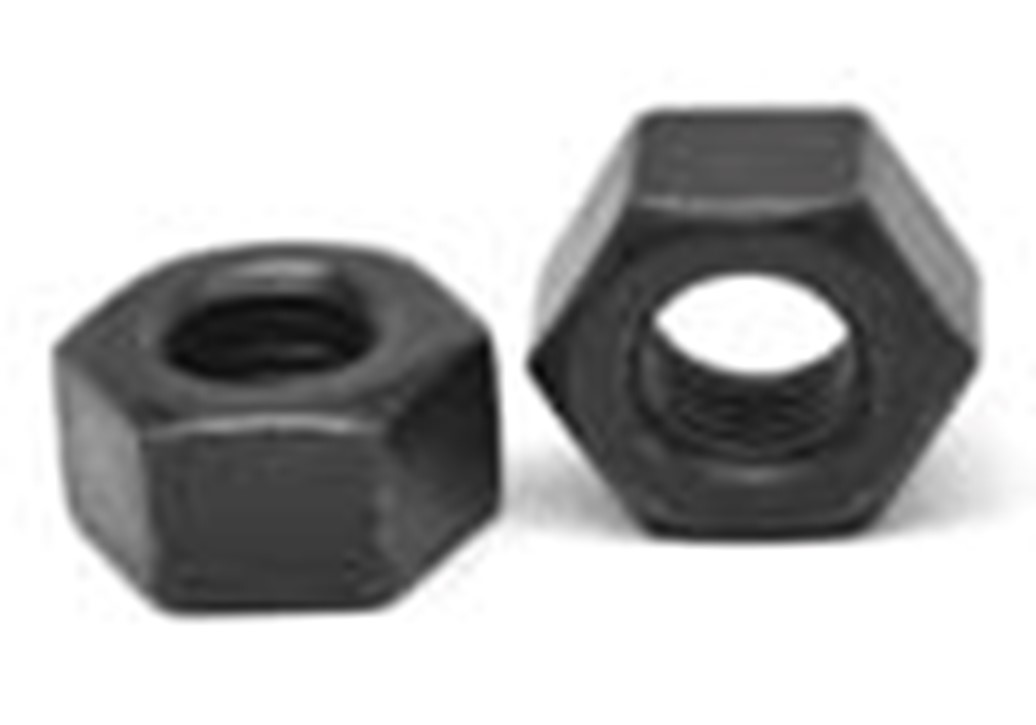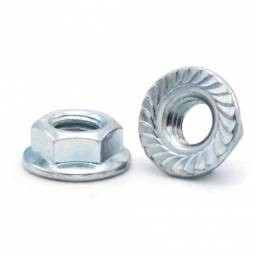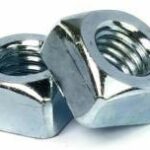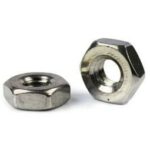Structural nuts and heavy hex nuts are two types of nuts commonly used in construction and heavy-duty applications. Let’s explore each of them:
- Structural Nuts:
- Purpose: Structural nuts are specifically designed for use in structural connections, such as those found in steel construction and bridge building.
- Design: They typically have a larger, more stable base compared to standard nuts, providing better load distribution.
- Shape: Structural nuts often have a square or rectangular shape rather than the traditional hex shape. This design helps prevent the nut from rotating in the connection, adding stability to the joint.
- Material: They are usually made from high-strength materials to ensure the integrity of the structural connections.
- Specifications: Common specifications for structural nuts include ASTM A563 and ASTM A194.
- Heavy Hex Nuts:
- Purpose: Heavy hex nuts are used in applications where a standard hex nut might not provide enough surface area for effective tightening or load distribution.
- Design: These nuts have a larger width across the flats (wrenching surface) compared to standard hex nuts. The increased size provides better contact with the wrench, making it easier to tighten or loosen them.
- Material: Heavy hex nuts are available in various materials, including carbon steel, stainless steel, and alloy steel. The material choice depends on the specific application and environmental factors.
- Specifications: ASTM A563 and ASTM A194 are also common specifications for heavy hex nuts.
In summary, while structural nuts are specifically tailored for use in structural applications with a focus on stability and load distribution, heavy hex nuts are designed for general heavy-duty applications where a larger wrenching surface is advantageous. Both types are essential in construction and industrial settings, and their selection depends on the specific requirements of the project. Always refer to the appropriate standards and specifications for the correct choice of nuts in any given application.





